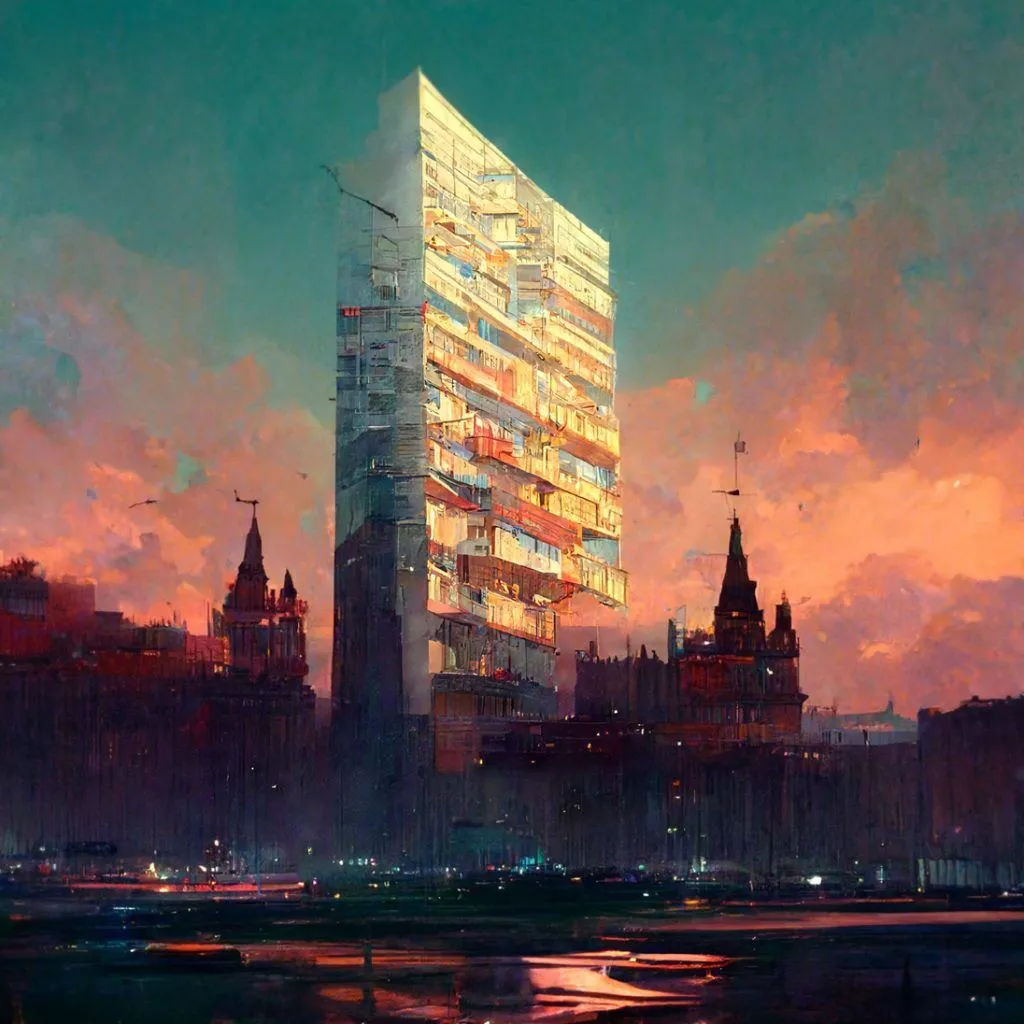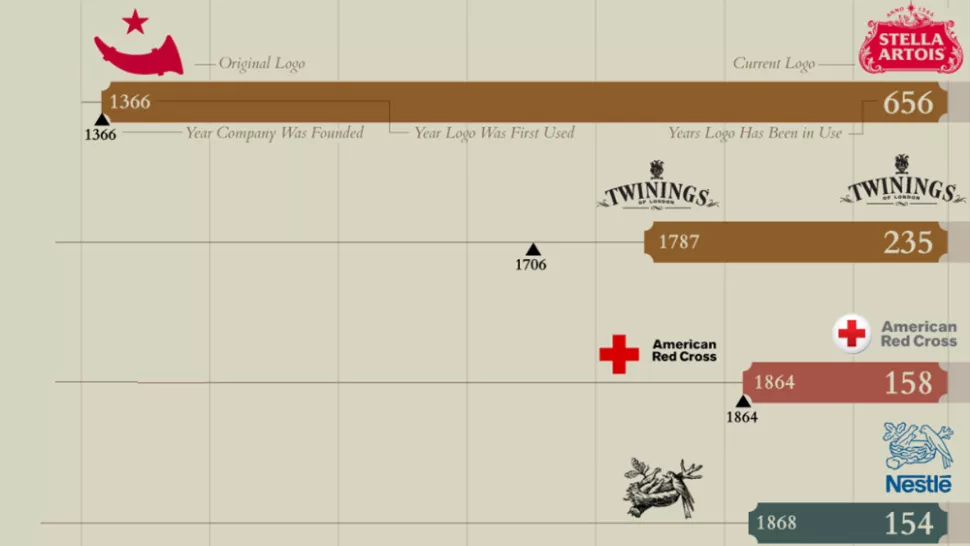

Agnieszka Nowacka is an architect and designer who is interested in Artificial Intelligence. She started exploring the AI tools the previous summer when Artificial Intelligence (AI) image generation overtook the internet like a storm. Of course, she was hit by it as well. In the beginning, it started as pure fun – who wouldn’t want to see their craziest ideas as an image in a matter of minutes?
According to Agnieszka, luckily, playing around is quite a good, arguably the best, way to gather new knowledge through personal experiences. She has started experimenting with various concepts, firstly analyzing how the model answers to the input, afterward analyzing myself – how her idea evolves while seeing the output. Recently, she has tried to incorporate the process in a creative workflow of designing a conceptual theatre.


Initially, Agnieszka was trying to grasp the idea conveyed in the output picture and its meaning for the understanding of the word. In architecture, we quite often design for emotions. For example, we may want to make a home “cozy” but the courthouse is “formidable”. Both words have a linguistic definition in a dictionary, but how to translate a vocabulary into an architectural form? Although multiple research studies are exploring this topic, most of the people she has a chance to know, follow subjective intuition.
But what if there was a tool aiming to transform language into pictures? That is exactly what models like Midjourney, DALLE-2, and Stable Diffusion are trained to do. It is not yet a three-dimensional construction-ready design, but it is an amazing leap forward. As the models are trained on an enormous quantity of data that was at some point labeled by thousands of humans, she hypothesized that the outputs could visually represent the average of what a word means to those people.
Agnieszka Nowacka has tested, at that stage mainly with Midjourney, prompts like “architecture of sorrow”, “architecture + sense of mystery and adventure”, and “architecture + coziness”. Some of them turned how she expected – for example sense of awe paired with reflections and light; others were a surprise – like sorrow represented by verticality and high contrast of scale; others seemed like a mistake or a higher level of metaphor – like a sense of belonging in a visualization of a high-rise block in the middle of an old town.



After some short experimentation with styles and materials, Agnieszka Nowacka has focused on promoting theoretical ideas to see their implementation. Her favorite one came to be “biomimicry”. Although she believes it to be much more in the terms of functionality and execution than just a visual inspiration, the word seemed to be a key for both Midjourney and Stable Diffusion to unlock more creative forms.
Agnieszka has tested prompts like “growing”, “alive”, and “biomimicry cross vault”. During that time she has not tried to achieve anything specific, which she thinks was a blessing considering how restrictive a mind can be when it already knows what it is looking for. It can be essential while using such tools as AI image generators, which have an amazing potential to show the unexpected.


Nevertheless, after a finite number of such out-of-context explorations, one can grow a quantity fatigue. To explore the possible use of the tools in the architectural workflow, Agnieszka has included it in her next project – a conceptual design of a theatre building in Warsaw. In the beginning, She prompted the only two things, she was sure of – location and function. Going through hundreds of pictures she has chosen the ones that she found “better”… and stopped.
What made her think those were more appropriate for this specific design than the others? Such a question allowed her to specify the ideas and convert them into linguistic prompts again. After a few iterations of such a loop process, the concept was clarified – the entrance will be a passage between larger forms as in output number 5th, the columns will have arboreal form as in 23rd, and there will be always an open small stage surrounded by continuous seats as in 57th, etc. Maybe even more important was the knowledge of what she has NOT wanted – expressive crystal forms, although beautiful, were foreign in this location; too complicated and overwhelming parametric patterns in the interiors would distract the attention from the spectacles that are to be the main protagonist of the building.

With such a process Agnieszka could have tested multiple ideas in a disturbingly short time, and in the end, come to a design that is unlike any of the generations. For her, using AI image generation in its current state is more of a discussion than the creation of one final design.
Overall, Agnieszka Nowacka has been impressed with the potential of AI image generation as a tool for architects and designers. As technology continues to evolve and improve, she believes it will become an increasingly important tool for creating and exploring new design ideas and will play a vital role in shaping the future of architecture.
User immersion will become key to web experiences in 2023, […]


